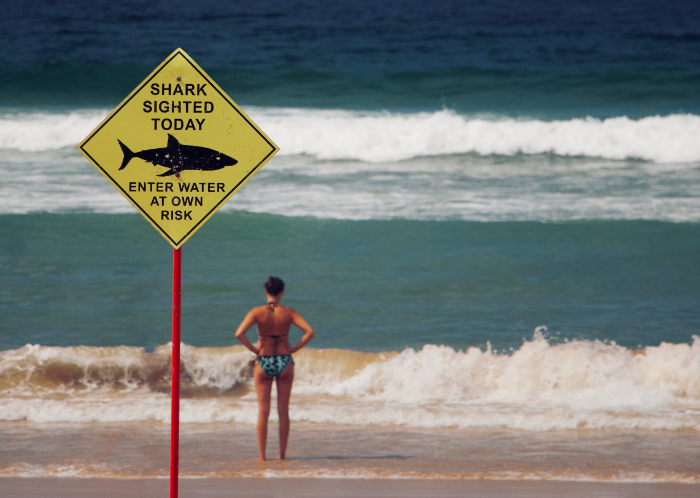Risk assessments are an important part of planning ahead and assessing any potential problems you may face as a group when on trips or performing your regular activity. Risk assessments prevent you from getting into any trouble, should a risk that you have identified occur when you are performing your group's activity. Please download the blank risk assessment template at the bottom of this page, along with the risk assessment tool which will give you an idea of the types of risks you could be dealing with.
How to Fill it Out
Look at the coloured grid at the top right hand side of the first page - this is how you determine how likely and serious the risk is. You use the likelihood line against the severity line to choose a number. Say, for example, a serious allergic reaction. If no one in your group has an allergy, this potential risk could be rated a 5 for example as this can be a fatal injury but highly unlikely.
You record these details in the chart below. In the first column, you will put the number of risks. Starting from one, until you finish on however many risks you can identify. Then, list the injury such as allergic reaction, the score that you have worked out for it, any prevention methods, the score after you have implemented the prevention methods, any notes then finally the priority of the potential injury.
When to Fill it Out
You require a risk assessment for any venues you use (outdoors and indoors) and any activity you do as a group. This goes for any regular activity as well as one-off events and training. For example, if you regularly train as a physical activity student group in the activities room in the Union building, you will need a risk assessment for this. However, if you have a one-off performance event in the Somerstown Community Centre then you will need a risk assessment for the space that you are in here too.
Regardless of whether your group activity requires physical movement or not, every group requires a risk assessment for any official group outings or meetings. Things on your risk assessment may include broken ceiling tiles or a wonky floor but can also extend to serious allergies depending on the space you are in and the type of activity your group is partaking in.
The risk assessment should be completed by your secretary or relevant safety officer and your president. Once complete it needs to be added to the group's shared Google Drive folder (within the relevant academic year folder) so that the Groups Team can access it is they need to. Once you have assessed any risks present in your regular meeting space, whether they are activity or space related, you can use this for the duration of the academic year, providing that nothing has changed that would require an amendment to the risk assessment. Risk assessments for regular spaces should be created or updated by the end of April every year and as and when it may need to be adapted.
An Example
An Irish Dancing group know that they practice in the Activities Room of the Union building every Friday. However, they may also be planning a performance at the King's Theatre for next academic year as well as going to an Irish food tasting showcase in London.
All three of these would need separate risk assessments.
They do not need a risk assessment for every time they use the Activities Room for their regular core activity sessions but any additional events held as a group would need to have their own risk assessments.

Student Groups Team
Comments